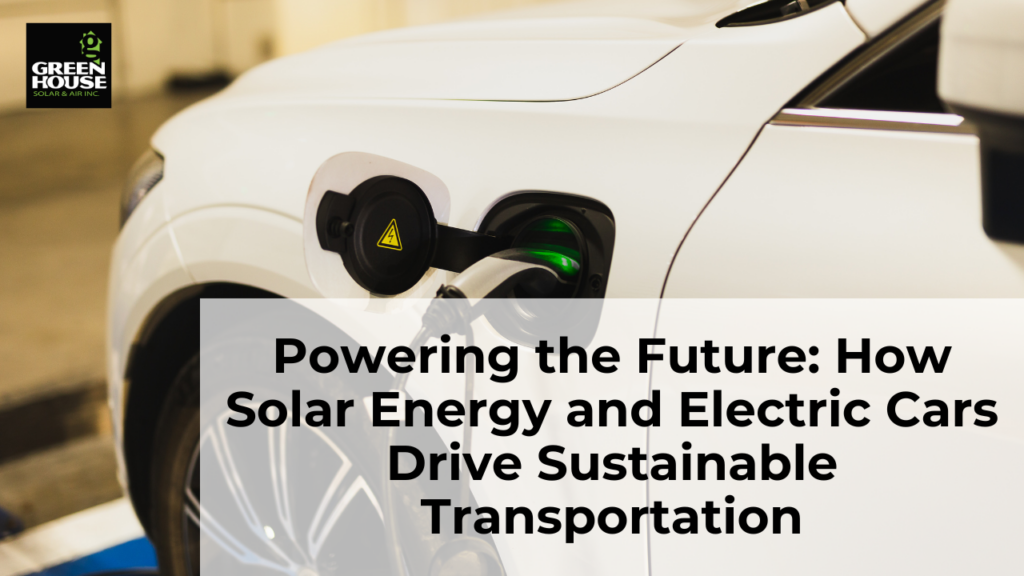
The integration of solar energy into architectural design has ushered in a new era of sustainable construction and urban development. Solar technology is no longer an afterthought; it’s becoming an integral part of the architectural landscape, transforming buildings into energy generators and advancing the principles of environmental consciousness. Let’s delve into the ways solar energy and sustainable architecture are forging a perfect partnership.
1. Building-Integrated Photovoltaics (BIPV)
Building-integrated photovoltaics seamlessly blend solar panels with architectural elements like roofs, facades, and windows. BIPV not only generates electricity but also enhances the aesthetic appeal of structures. This integration ensures that solar panels are not seen as separate add-ons but as integral components of the building’s design.
2. Solar Shading and Passive Design
Architects are using solar shading techniques to harness natural light while minimizing heat gain. Strategies such as shading devices, louvers, and overhangs ensure optimal daylighting and reduce the need for artificial lighting and cooling. Passive solar design principles optimize building orientation to maximize solar gain during the winter while minimizing it during the summer, contributing to energy efficiency.
3. Net-Zero Energy Buildings
Net-zero energy buildings produce as much energy as they consume over a year. By strategically incorporating solar panels and energy-efficient design features, architects are creating structures that rely on renewable energy sources to meet their energy needs, minimizing reliance on external power grids and reducing carbon footprints.
4. Solar Roofing and Canopies
Architects are utilizing rooftops and canopies to host solar panels, turning previously unused spaces into energy-generating surfaces. Solar roofing not only generates electricity but also protects the building from the elements, extending its lifespan.
5. Smart Building Integration
Solar technology is being integrated with smart building systems that optimize energy usage. Automated controls adjust lighting, heating, and cooling based on real-time data, ensuring efficient energy utilization and reducing wastage.
6. Community Solar Projects
Architects are designing entire communities that leverage solar energy collectively. Shared solar installations benefit multiple residents, enabling them to access renewable energy even if they cannot install solar panels on their individual properties.
7. Sustainable Urban Planning
Solar energy is influencing urban planning by encouraging the development of solar-friendly neighborhoods. Solar access ordinances ensure that buildings are designed to maximize exposure to sunlight, fostering a solar-powered urban landscape.
7. Sustainable Urban Planning
In conclusion, the partnership between solar energy and sustainable architecture is reshaping the way we design and construct buildings. By seamlessly integrating solar technology into architectural elements, architects are creating structures that not only fulfill functional needs but also contribute to environmental preservation and energy efficiency. This collaboration holds the potential to transform our cities into vibrant, energy-positive hubs of the future.

